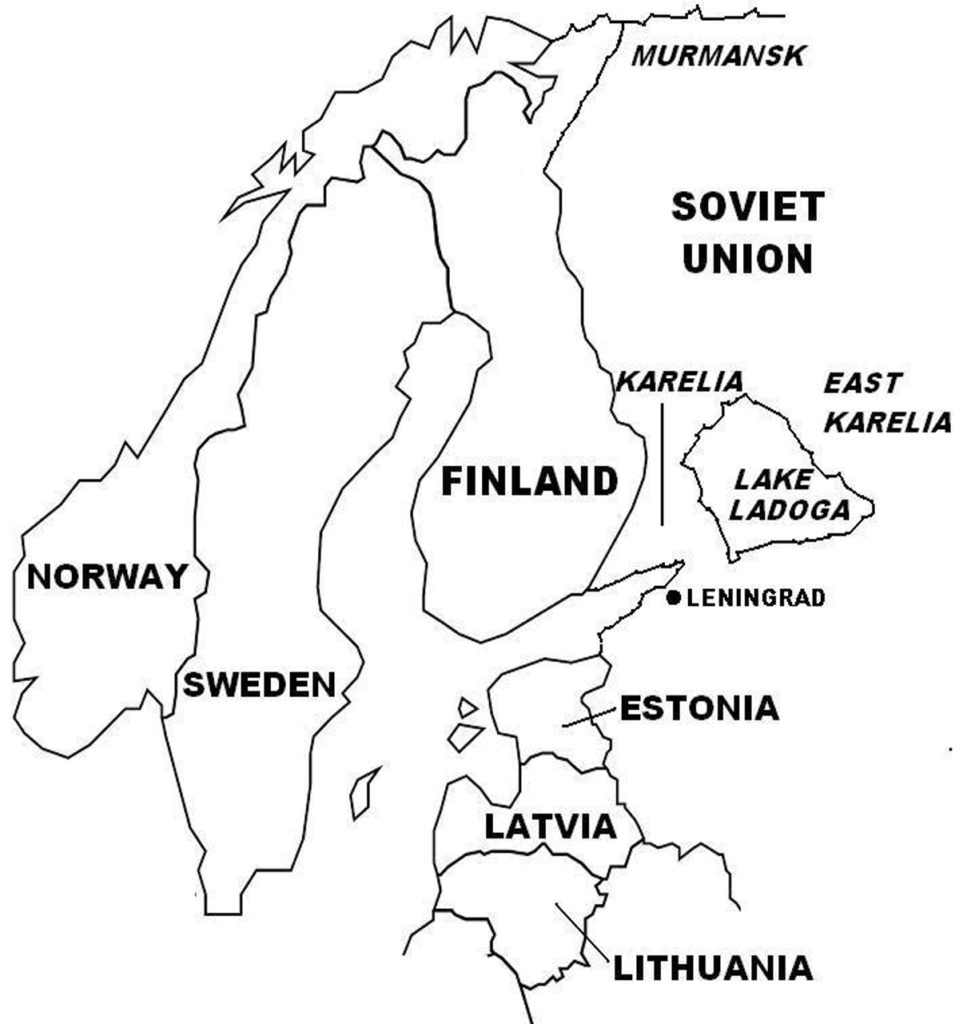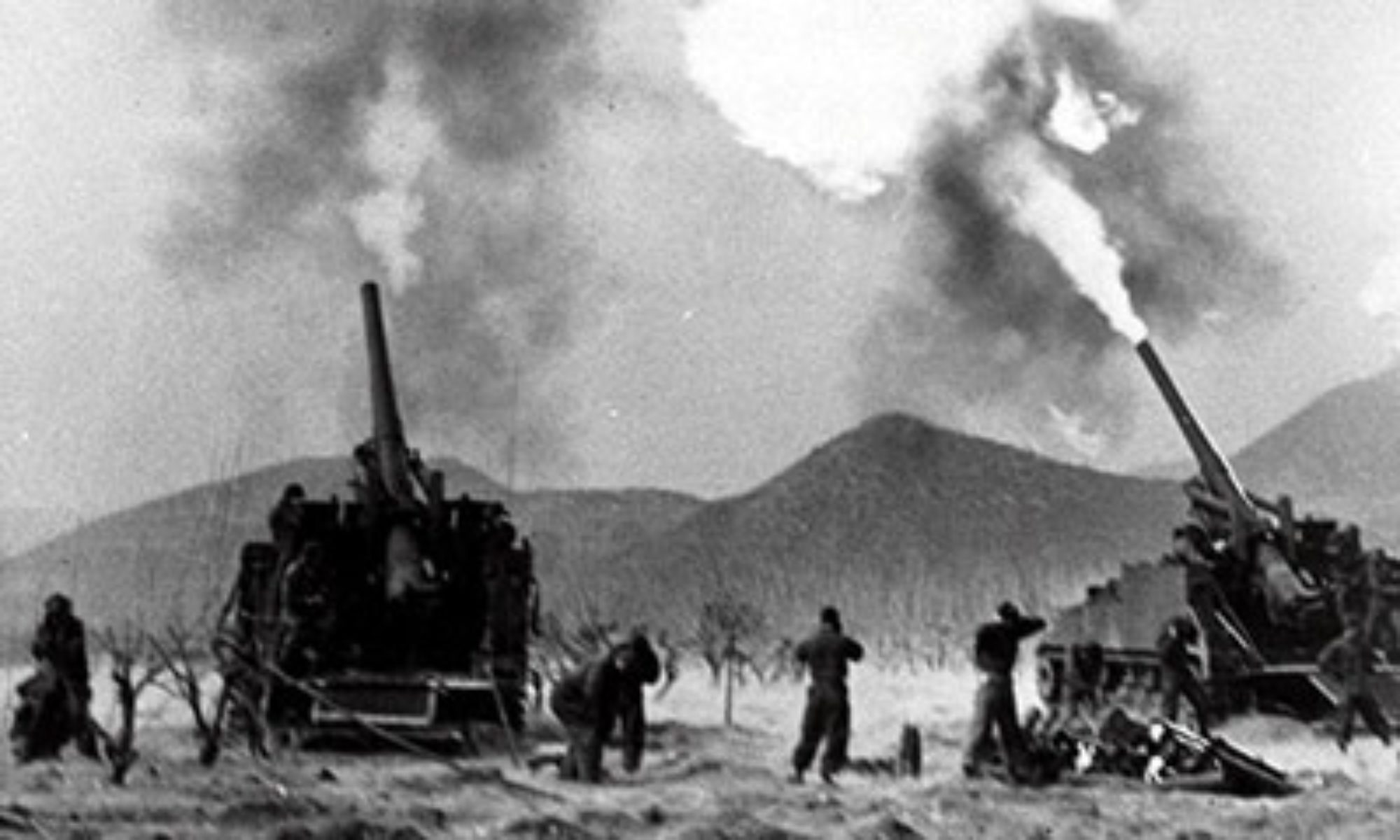Under the night darkness on December 7, 1939, Finnish ski troops ambushed a bivouacked Soviet battalion, killing all the soldiers. The next day, the Finns again swept down on and annihilated another camped Russian unit. More attacks continued in the next several days, and Soviet reconnaissance planes were unable to spot the Finnish units concealed in the snow-covered forests. In these battles, Soviet casualties totaled 4,000 killed and 5,000 wounded against some 2,000 Finnish soldiers killed.

In similar circumstances, in the Battle of the Mottis, Finnish ski units succeeded in cutting communication and supply lines among individual units of the Soviet 168th Division that were spread out along the northern shore of Lake Ladoga. The Finns attacked individual Russian pockets (called “mottis” by the Finns) in a mobile siege strategy. Faced with disaster by a severed supply line, in mid-January 1940, the Russians tried to break out by attacking in force, only to be cut down by heavy Finnish machinegun fire. Some 3,000 Russians were killed, while 8 of the 11 mottis were overwhelmed.
(Taken from Winter War – Wars of the 20th Century – World War II in Europe)
Background In 1932, Finland also signed a non-aggression pact with the Soviet Union, which was extended to ten years in 1934. Even so, relations between Finland and the Soviet Union remained detached, even guarded, not least because of ideological differences and the lingering suspicion generated by the Finnish Civil War where the Soviets had supported the Red Guards, and Germany the White Guards. Finland distrusted the Soviets, particularly since the latter harbored and supported the exiled Finnish communist movement, while the Soviet Union regarded the ruling right-wing conservative Finnish government as fascist and reactionary.
While officially neutral, Finland appeared to be pro-German, because of German assistance during the Finnish Civil War, which raised Soviet suspicions. Soviet mistrust was furthered by a number of events: in 1937, when a German naval flotilla arrived in Helsinki, in 1938, when Finland held celebrations honoring German support during the civil war, and in 1939, when Franz Halder, the German Army chief of staff, arrived in Helsinki.
Soviet pressure on Finland for territorial concessions had begun in April 1938, the secret negotiations continuing intermittently until the summer of 1939, with no agreement being reached because of strong Finnish opposition. In June 1939, following the visit of high-level German military officials to Finland, Stalin was convinced that not only was a Soviet-German war imminent, but that German forces would use Finland as a springboard to attack the Soviet Union.
But the Molotov-Ribbentrop Pact quelled Stalin’s concerns and seemingly gave assurance that the Germans would not interfere in Finland. Thus, the Soviets increased their pressure on the Finnish government, in October 1939 releasing the following demands: that the Finnish-Soviet border along the Karelian Isthmus be moved west to a point 20 miles east of Viipuri; that Finnish fortifications in the Karelian Isthmus be dismantled; that Finland cede to the Soviet Union the islands in the Gulf of Finland, the Kalastajansaarento (Rybachi) Peninsula in the Barents Sea, and the Salla area; and that Hanko be leased for 30 years to the Soviet Union, where a Russian military base would be built. In return, the Soviets would cede to Finland Repola and Porajarvi from Eastern Karelia, a territory whose size of 3,400 square kilometers was twice as large as those demanded from Finland.
For Stalin, the Soviet-Finnish negotiations must address the security guarantees for Leningrad, since the city was located just 20 miles from the Finnish border and within firing range of Finnish heavy artillery. Stalin wanted to adjust the border here further to the west into Finland, with the ceded territory serving as a buffer zone between the two nations. However, the Finnish government saw these territorial demands as the first step to an eventual Soviet take-over of Finland. On October 6 and 10, the Finnish government issued a call-up of reserves and effectively conducted a general mobilization, fearing that the Soviet demands would be tantamount to Finland meeting the same fate as the Balkan States. The negotiations, though conducted openly, were characterized by great mutual distrust: the Finns believing that the Soviet offer was merely a first step to gobble up Finland, and the Soviets who believed that Finland would side with Germany in a future war.
The Finns presented a counter-offer, agreeing to cede territory in the Karelian Isthmus that would double the distance of the Finnish border to Leningrad. But by then, Stalin was in no mood for more talks and was determined to use armed force, deciding that the Finns were negotiating in bad faith.
